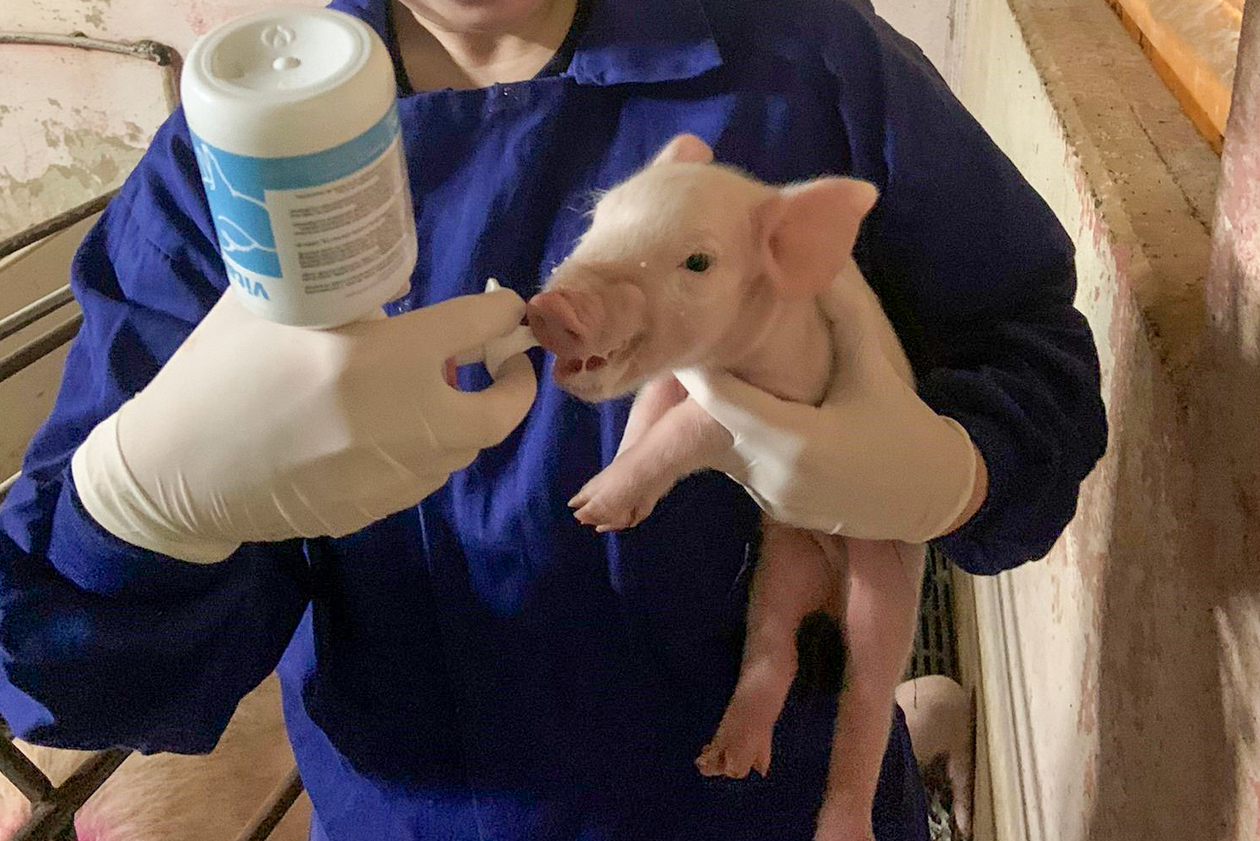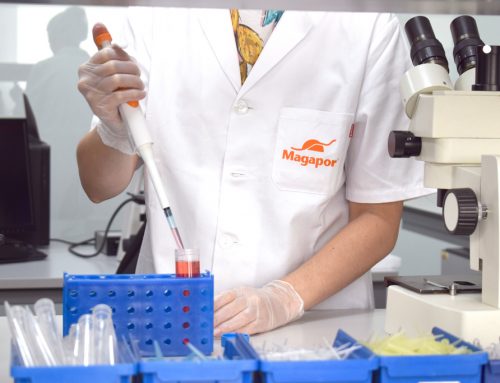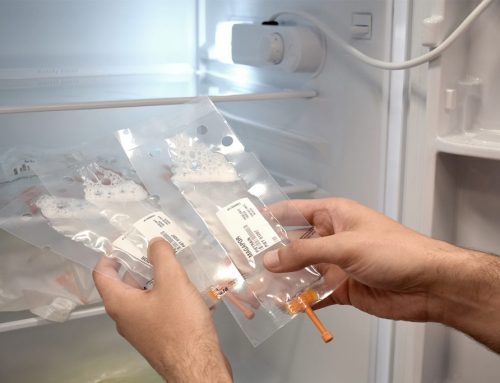To test the efficacy of Vitalpig in reducing mortality rates, we performed a study on a farm. The objective of this study was to test the oral administration of the nutritional supplement VitalPig under normal production conditions and its effect on reducing the mortality of weak and underweight piglets.
Currently, genetic improvement of swine breeds has succeeded in increasing litter size with hyperprolific sows. However, this brings with it an increase in the mortality rate of piglets. Improving the survival rate of these animals is one of the most important challenges for producers since it involves important economic losses.
The causes of this mortality are varied; one is insufficient colostrum intake. Insufficient colostrum intake accounts for up to 72% of lactation losses. Colostrum is only produced for a limited time (24/48 hours) and its qualities deteriorate quickly. Twelve hours after birth, only 30% of the antibodies are absorbed. In addition, the piglet’s intestine reduces its capacity to absorb immunoglobulins very quickly.
Vitalpig is an energizing and invigorating feed supplement for piglets that enhances colostrum intake. This supplement increases colostrum intake from the early stages, decreasing the pre-weaning mortality rate.
Can mortality in piglets be reduced?
This test is carried out with a total of 2188 piglets, coming from sows that were separated into control and test groups. For this study, two oral doses of Vitalpig (2ml/dose) were administered to the piglets in the test group:
- The first dose was administered during the first 18 hours of life.
- The second dose was administered 12 hours after the first dose.
As a result of the application of VitalPig, we found that piglet losses after the 5th day of life were significantly reduced in the test group. If we consider the total number of sows in the test:
- VitalPig treatment successfully reduced piglet losses by 10.5 % in the test groups.
- Losses in the first litters of gilts in particular were reduced by 23%.
Vitalpig is especially useful in litters of first-farrowing sows, due to the higher number of weak and underweight piglets. By including this feed supplement as a management tool, piglet survival can be improved and economic losses reduced.




